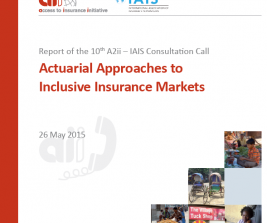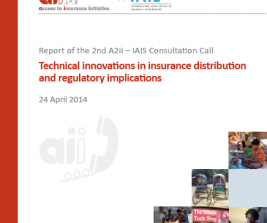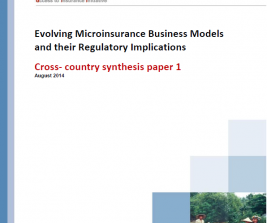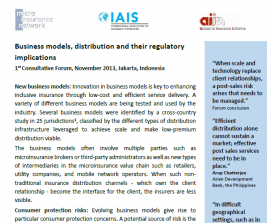On the topic: Given the typically low margins on low value policies, most successful microinsurance business models innovate distribution channels in order to minimise distribution costs and scale up the number of policies sold, either by leveraging groups or the infrastructure and reach of aggregators. These new ways to sell insurance typically result in long distribution chains involving a variety of entities and their employees, some of which may not traditionally be regulated by the insurance supervisor. Therefore some microinsurance business models entail a greater degree of separation between the insurer and the client than under the traditional individual sales model. This leads to the emergence of consumer protection risks that are particularly prevalent in microinsurance.
In the Consultation Call on "Successful Business Models in Microinsurance", insurance practitioners from across the globe will be given the opportunity to share their views on successful business models and the key drivers behind them.
Topics discussed in the call:
• Microinsurance business models: what makes them different from traditional insurance?
• What are the major types of business models and proven successful business models in practice?
• What are the new key challenges for regulators?








